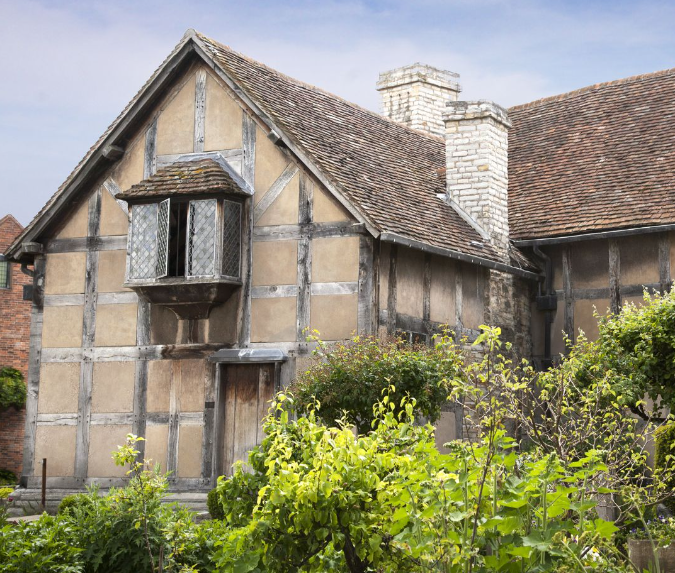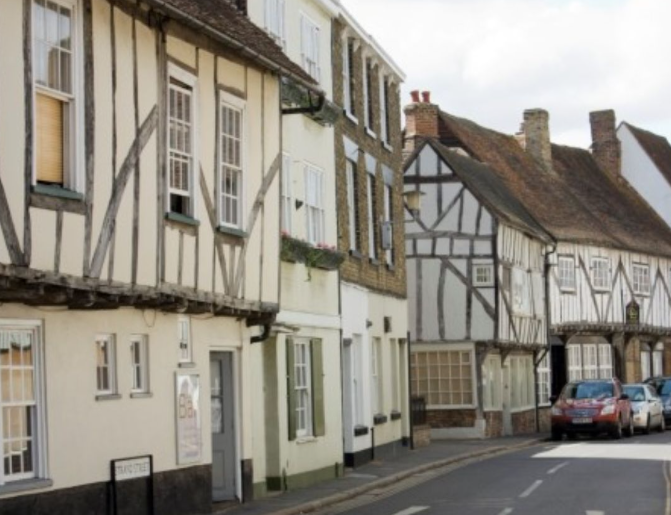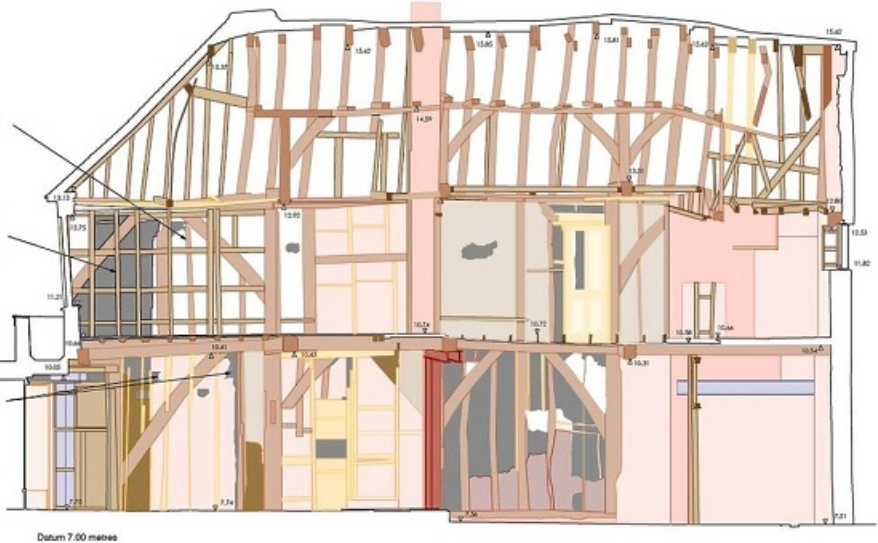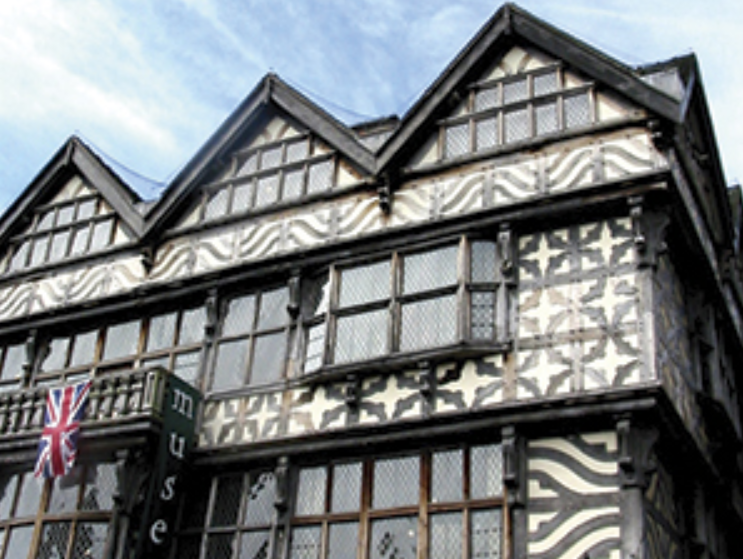The History
Timber Frame is one of the oldest building materials in human history, having been used in the construction of buildings and structures for thousands of years. At OFP, we love working with architects and designers to deliver buildings that are not only sustainable but are also strong, durable and proven to last, and that is exactly what Timber Frame delivers. We just have to look at all the stunning architecture from Tudor times that are standing strong today and still in use.
Timber Frame has been used throughout different periods in Britain, standing the test of time as lifestyles changed and humans became more advanced in technology. It began to increase in popularity during the Roman Times and Georgian period and again throughout the Victorian period as wood was used a lot for shipbuilding.*
This continued through to the 19th and 20th centuries, and most recently, we have seen a surge in timber frame homes as the industry looks for more sustainable ways of construction that are environmentally friendly, produce less Co2 and reduce the amount of wastage.
The greatest period of timber building in England and Wales was between 1200 AD and 1700 AD**, throughout the Tudor era. Some of these stunning classic timber frame Tudor buildings can still be seen today throughout England, showing testament to timber frame’s strength and durability.

Here are some examples of the oldest Timber Frame buildings in England that are still standing today:

Sandwich, Kent – The home of OFP’s factory and offices
Sandwich is one of the best-preserved medieval towns in the UK. You have probably noticed a large number of timber-framed buildings in Sandwich. In fact, Strand Street is considered the longest unbroken stretch of timber-framed buildings in England. Most of these medieval are still inhabited.
Barnet High Street, Greater London
A medieval timber roof was discovered above a vacant shop on Barnet High Street. The research was conducted on timber in the roof, and it dates back to 1397, or perhaps earlier, which would make it the oldest known surviving timber structure in Greater London.

Wakefield, Yorkshire
A historic timber-frame building has been discovered during restoration work in Wakefield. The building was covered in cement however, when the works began, and the cement was removed, it uncovered the original, timber frame. It is believed that it could have been a house dating back to the 16th century.

Staffordshire
The Ancient High House is one of the finest Tudor buildings in the country and is thought to be the largest remaining timber-framed townhouse in England, having been built around 1595.
Not only is the building still standing today, but it is still functional after Stafford Borough Council reopened it as a museum.
| According to the STA, “provided regular maintenance is carried out, and that any repair work meets accepted levels of good workmanship, then timber framed dwellings should exhibit a performance comparable with masonry dwellings of the same age into the foreseeable future.” |
Timber Frame – Built to Last
Through these few small examples, it’s clear that Timber Frame has proven its longevity over the years. Then we add the advancements in technology and Method Methods of Construction in more recent years, such as off-site manufacturing that adds speed, accuracy and precision, and what we end up with is a truly powerful building material that stands the test of time.
At OFP, we are able to exceed levels of accuracy and efficiency like never before and ensure strength, durability, and precision. We do this through our adaption of modern methods of construction. Read more.
If you are considering timber frame for your next project, then ensure you choose a manufacturer and installer with the experience and knowledge to deliver a Timber Frame building that we can enjoy for years to come.
T: 01304 613298

